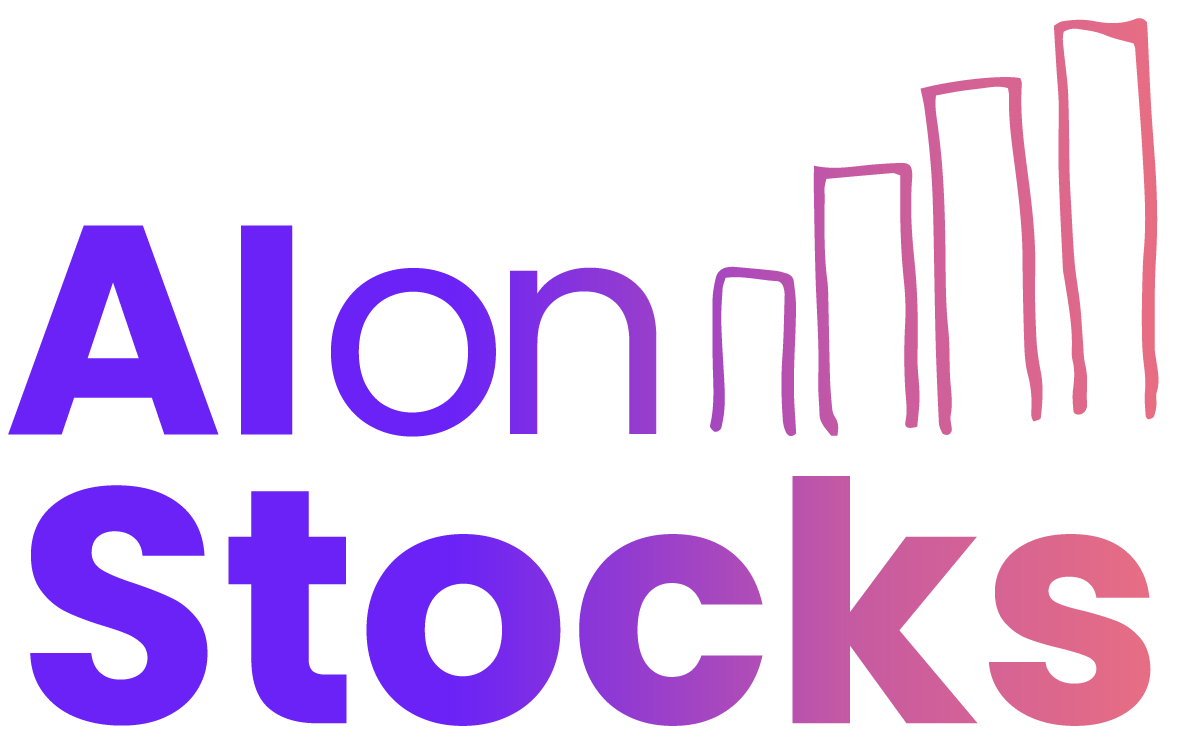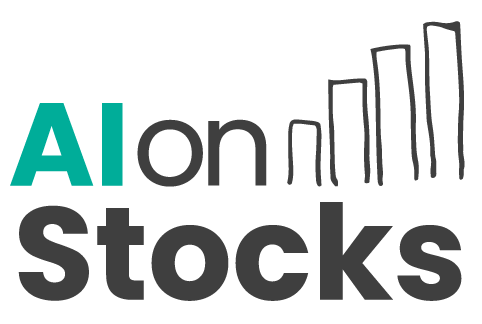How AI Confidence Scoring is Evolving Options Trading Beyond Simple Bots
Options trading has always demanded a sharp eye for market trends, deep analytical skills, and precise timing. Traditionally, traders relied heavily on experience and intuition to make their moves. But in the last decade, the emergence of AI options trading bots transformed the landscape, automating decisions through rule-based systems and historical data patterns. Now, the next leap in innovation is here — AI confidence scoring. By leveraging this advanced technique, AI is evolving from simple automated bots into sophisticated decision-making tools that can evaluate risk with greater nuance. This evolution is reshaping how traders interact with markets and redefine what’s possible in options trading.
The State of AI Options Trading Bots
AI options trading bots have become increasingly popular among retail and institutional investors alike. These programs automate the complex dynamics of options trading by interpreting large volumes of data to identify potential trades. Whether it’s scanning for volatility shifts, recognising pricing anomalies, or executing strategies like iron condors or straddles, bots do in seconds what would take human traders hours.
At their core, most of these bots rely on machine learning models or pre-programmed rule sets. They backtest strategies against historical price movements and react to technical indicators such as moving averages or RSI thresholds. While this automation has delivered impressive results in terms of speed and execution, it has also faced limitations. In volatile markets or during black swan events, these bots can stumble — either by acting too quickly or not factoring in enough complexity.
Understanding AI Confidence Scoring
AI confidence scoring isn’t just another buzzword in fintech circles. It’s a pivotal advancement that shifts AI behaviour from deterministic action-taking to probability-weighted decision-making. When applied to options trading, confidence scoring introduces a way for AI systems to assess how certain they are about a specific trade’s success.
Instead of executing every trade signal with equal weight, the system assigns confidence levels — often expressed as percentages — to each opportunity. For instance, a bot that spots a potential call option might calculate an 82% confidence level in its profitability based on real-time data inputs, compared to another trade that only merits a 60% score. This allows traders to prioritise higher-confidence plays, optimise capital allocation, and reduce exposure to undue risk.
How Confidence Scores Are Calculated
Behind the scenes, AI models use a blend of historical data, real-time price feeds, market sentiment analysis, and even news aggregation to analyse patterns. These inputs feed into neural networks or ensemble models that have been trained to spot consistent relationships between market behaviours and profitable option outcomes. The more aligned the current pattern is with previously successful scenarios, the higher the confidence score.
This scoring approach mirrors how human traders think. An experienced trader doesn’t act on every potential signal — they weigh the likelihood of success based on context. Now, with AI confidence scoring, machines are beginning to mimic this strategic caution, turning automated tools into more sophisticated, adaptive trading companions.
From Execution Engines to Adaptive Analysts
Simple AI options trading bots act like obedient tools — they execute instructions without question. But with the integration of confidence scoring, these bots evolve into something closer to adaptive analysts. They begin to ask: “Is this trade really worth it?”
This enhancement means that a bot no longer needs to follow rigid structures. It adapts based on market conditions, sentiment, and risk appetite, continuously recalibrating its strategy mix. In real-world terms, this could mean the difference between overtrading in a choppy market or stepping back to wait for higher-probability trades. The result is improved efficiency, better capital preservation, and, over time, higher consistency in performance.
Limitations of Early Generation Bots
In their early iterations, AI trading bots offered speed but lacked finesse. They were prone to overfitting in backtests, hypersensitive to single data points, and often failed in unstructured environments like news-driven markets. Their binary approach — act or don’t act — left little room for grey areas. As a result, many early adopters faced wild swings in results unless closely monitored.
Confidence scoring reintroduces human-like ambiguity into these systems, allowing for shades of certainty. This shift is particularly impactful in options trading, where margin for error can be slim and a misplaced trade can wipe out multiple small gains.
The Real-World Impact on Options Traders
For seasoned options traders, integrating AI tools can mean an extended edge — not a total replacement. Confidence scoring enables a more collaborative dynamic between human oversight and machine execution. Traders can review high-confidence trades flagged by AI, cross-check them against their own analysis, or focus entirely on strategic portfolio positioning while letting the AI handle tactical moves.
Meanwhile, beginners and part-time investors benefit by gaining nuanced guidance without needing years of experience. A scoring system is intuitive to understand — a 90% confidence level carries an immediate implication, especially compared to a generic “Buy” or “Sell” label. It transforms AI from an opaque decision-maker to a clear signal provider.
Institutional Traders and Hedge Funds
On the institutional level, confidence scoring adds transparency to AI models, helping compliance teams and stakeholders understand reasoning behind trades. It also opens the door to portfolio-optimisation strategies where AI not only selects trades but also sizes them according to risk-adjusted expectations. This leads to better drawdown control — a critical metric for fund managers aiming to preserve long-term capital.
The Future of AI Confidence in Options Trading
Confidence scoring is just the beginning of a deeper transformation. As models incorporate natural language processing (NLP) to interpret earnings reports, social media sentiment, and geopolitical news, scoring systems will grow more intelligent and adaptive. We may soon see hybrid models that combine AI-driven ideas with real-time trader feedback, refining scores based on user input or risk preferences.
Regulatory interest may also place more demands on AI model transparency, making confidence scores a necessary component for audit trails and compliance checks. In the crowded world of AI trading bots, those that offer traceable logic and explainable scoring will likely stay ahead of more black-box competitors.
Conclusion: From Automation to Intelligent Assistance
The leap from basic AI options trading bots to systems that use confidence scoring marks a turning point in fintech innovation. Where bots once simply followed code, they can now evaluate, measure, and adjust — all in real-time. This new layer of sophistication doesn’t just improve accuracy; it reshapes the relationship between traders and technology.
As AI continues to mature, confidence scoring will become not just a feature but a foundation. By integrating probability-based reasoning into options trading, these tools are no longer just machines reacting to signals. They are evolving into intelligent assistants, offering traders the kind of depth and clarity that can empower better decisions in even the most fast-paced market environments.


